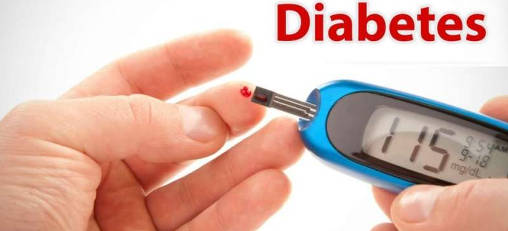How can monsoon increase the risk of gangrene in diabetics?

Not only monsoon can bring high humidity but it can also bring many infections etc especially in the diabetic persons. Hence, these persons must be very careful. It is worthy to note that the monsoon would provide an ideal environment for the infections to grow. Those with diabetic conditions would get affected if they commute to work in the torrential rains etc. These persons could get gangrene in their legs, toes etc.
It was revealed by a famous vascular surgeon from Chembur based hospital that highest risk factors for gangrene include undiagnosed diabetes, high humidity and poor hygiene etc.
He spoke about how gangrene in the legs could be a life threatening condition and it would need amputation of legs.
What is gangrene?
Death of body tissue due to poor blood supply is gangrene or it could be a serious bacterial infection.
Risk factors of gangrene:
It must be noted that there are certain risk factors that can lead to gangrene in us. These are poor blood circulation due to diabetes condition, open wounds or ulcers, wet shoes, socks etc fungal or bacterial infections and weak immune system.
Symptoms of gangrene:
Persons would show several symptoms like numbness or pain in the toes and legs, skin becoming black/blue etc, foul smelling discharge, fever, swelling etc.
Complications of gangrene:
Bitter fact is that persons with gangrene could get complications like sepsis, tissue loss, amputation of legs to save the lives of affected persons.
How diabetic persons can avoid leg gangrene during monsoons:
Firstly, persons with diabetic condition must keep their legs clean and dry. Changing wet shoes and socks etc is essential. Those with diabetic must inspect their legs for cuts, blisters or change in colour etc. It is necessary to wear footwear even while walking inside the home. Finally, it is essential for the diabetics to maintain good control over their blood sugar levels.
How to detect gangrene:
Blood tests, tissue or fluid culture and imaging tests etc can be used to detect gangrene in persons.
Treatment:
p>It would not be possible to save the tissue that has been damaged by gangrene but gangrene can be prevented from spreading by treatment. Doctors would prescribe medicines such as antibiotics etc. Surgical procedure is also used to treat gangrene. By means of hyperbaric oxygen therapy, more oxygen would be carried by the blood. Point is that this hyperbaric oxygen therapy would last for 90 minutes.







